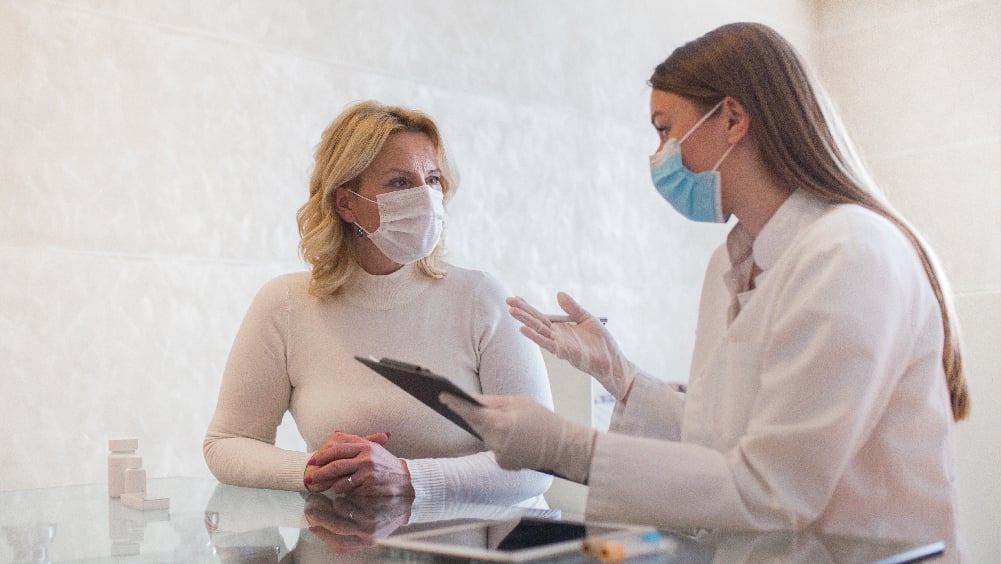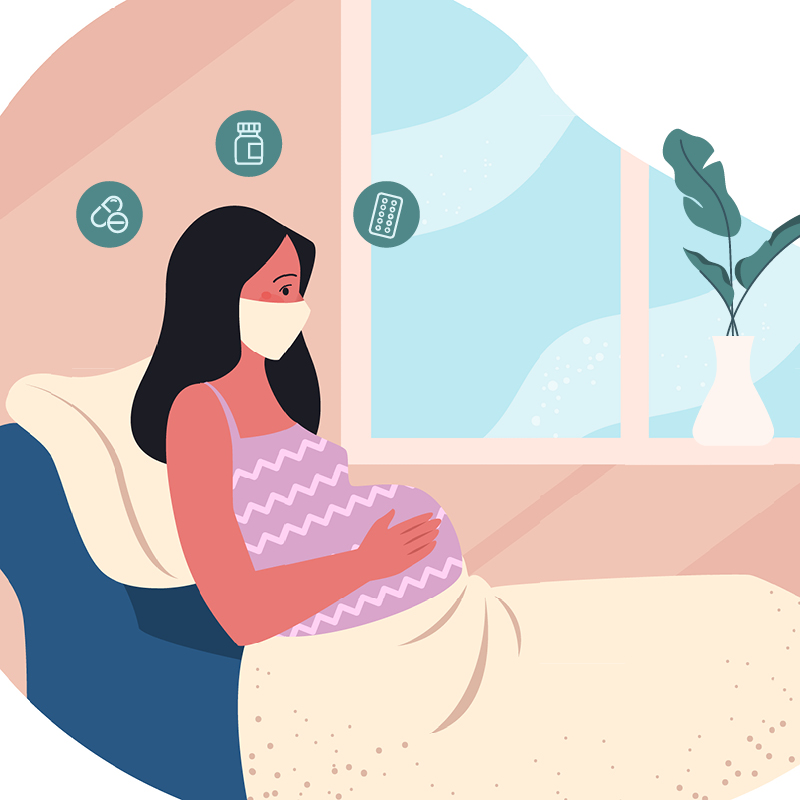While pelvic issues are rarely talked about openly, many women live with different forms of pain and discomfort each day. This can range from losing small amounts of urine while coughing or sneezing to suffering from discomfort or soreness during intercourse.
Erika Kozlowski, MSPT and Kelly Lockwood, MSPT are Physical Therapists with the Pelvic Health Center at Rochester Regional Health and share how each of them help women improve the health and function of their pelvic floor.
Seeking professional help
Despite living with various kinds of pain – including pelvic pain – many women will continue on with their day-to-day activities without diagnosis or treatment. They may be unaware that this pain and discomfort is abnormal or may require professional intervention from an OBGYN or physical therapist.
The pelvic floor is composed of muscle fibers and connective tissue that support the organs and muscles underneath the pelvis, including the bladder, rectum, anal sphincter, or vaginal opening.
Some of these health issues or painful activities may include:
- Painful intercourse
- Chronic constipation or painful defecation
- Urinary incontinence
- Myofascial pain (chronic muscle pain)
Related: Pelvic Floor Trauma After Childbirth
Kozlowski often sees patients who search online to find answers about their symptoms without going to a provider first. Often, these patients will see results suggesting Kegel exercises to treat the pain on their own. However, this can sometimes have the opposite desired effect.
“If someone has pelvic pain and tries to increase their tone through Kegel exercises, those can sometimes make their pain worse,” Kozlowski said. “Seeing a physical therapist for a proper evaluation is important to ensure you are on the right path for better pelvic health.”
Schedule a Consultation with our Pelvic Health Center
Expectations for an initial assessment
When a woman is experiencing pelvic pain, the team of physical therapists who work with the Pelvic Health Center at Rochester Regional Health will perform an assessment of her pain. This includes an evaluation of the following:
- Spine
- Hips
- Abdominal muscles
- Internal pelvic floor exam (as needed)
The goal of the assessment is to examine any muscles or soft tissue attached to the pelvis and determine if it influences the patient’s pain. Based on their findings, providers will consult with the patient to put together a treatment program.
“We want to empower women to make decisions about their own healthcare,” Kozlowski said.
RELATED: 3 Home Exercises Addressing Pelvic Pain
Conquering challenges
Identifying and working toward resolving these health issues can sometimes seem insurmountable. Physical therapists with the Pelvic Health Center will have conversations with patients about setting a single goal and then focus on incremental progress toward achieving that goal.
As patients and providers work together, some of the underlying causes for these health challenges begin to surface. When these issues arise, they will work with patients to address those as well.
Often, women may go unheard when they raise the issue of pelvic pain. Establishing trust with providers is important since some may be afraid to talk about their experiences with incontinence or painful intercourse. The feeling of “someone is finally here to listen to me” is a common reaction when women reach out to providers with the Pelvic Health Center.
Having providers who are on the same page for evaluation, diagnosis, and treatment is imperative.
“Ask your primary care provider or OBGYN about what you should do next, or reach out to our team at the Pelvic Health Center directly,” Kozlowski said. “Consulting Google or other health websites instead of a provider who is familiar with you and your body is not your best option. Rochester Regional has specific pelvic health providers who are willing to help you.”








